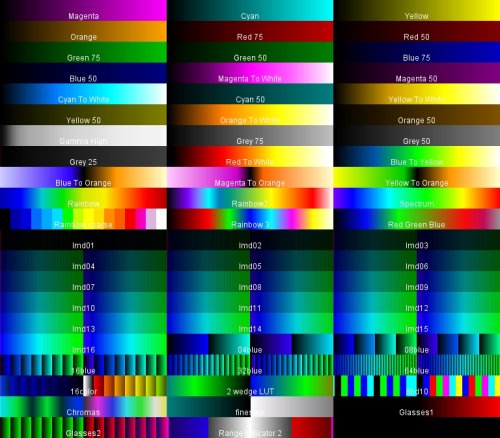In computer science, a lookup table is a data structure, usually an array or associative array, often used to replace a runtime computation with a simpler array indexing operation. The savings in terms of processing time can be significant, since retrieving a value from memory is often faster than undergoing an ’expensive’ computation or input/output operation. The tables may be precalculated and stored in static program storage or calculated (or « pre-fetched ») as part of a programs initialization phase (memoization). Lookup tables are also used extensively to validate input values by matching against a list of valid (or invalid) items in an array and, in some programming languages, may include pointer functions (or offsets to labels) to process the matching input.
History
Before the advent of computers, lookup tables of values were used by people to speed up hand calculations of complex functions, such as in trigonometry, logarithms, and statistical density functions.
In ancient India, Aryabhata created one of the first sine tables, which he encoded in a Sanskrit-letter-based number system. In 493 A.D., Victorius of Aquitaine wrote a 98-column multiplication table which gave (in Roman numerals) the product of every number from 2 to 50 times and the rows were « a list of numbers starting with one thousand, descending by hundreds to one hundred, then descending by tens to ten, then by ones to one, and then the fractions down to 1/144 » [3] Modern school children are often taught to memorize « times tables » to avoid calculations of the most commonly used numbers (up to 9 x 9 or 12 x 12).
Early in the history of computers, input/output operations were particularly slow - even in comparison to processor speeds of the time. It made sense to reduce expensive read operations by a form of manual caching by creating either static lookup tables (embedded in the program) or dynamic prefetched arrays to contain only the most commonly occurring data items. Despite the introduction of systemwide caching that now automates this process, application level lookup tables can still improve performance for data items that rarely, if ever, change.
 Regard sur l’image
Regard sur l’image
